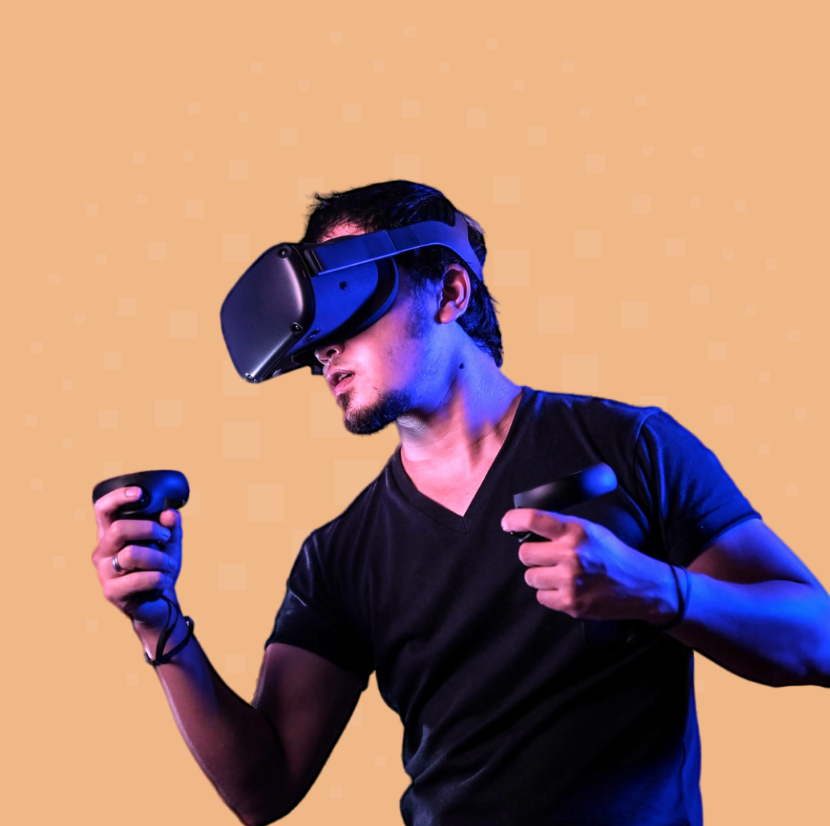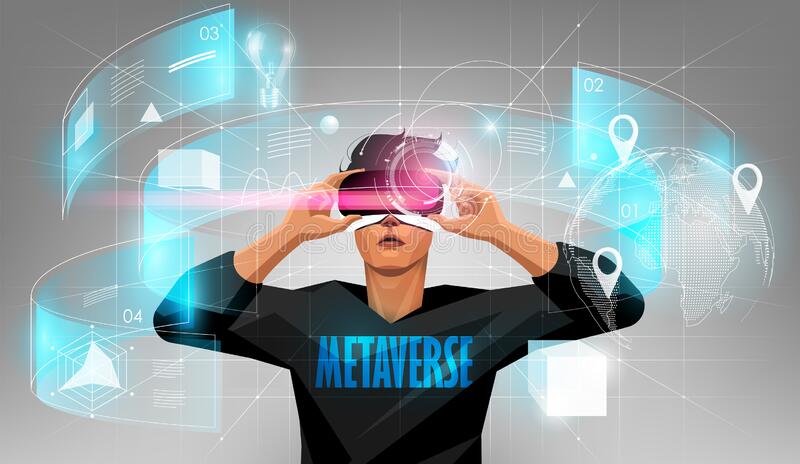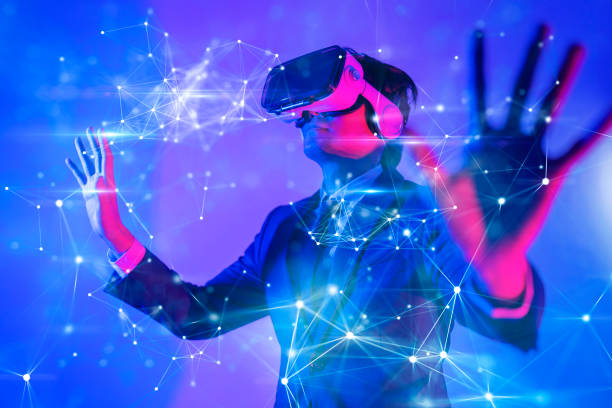How Does the Metaverse Impact the Entertainment Industry?
Since Mark Zuckerberg rebranded his company, the metaverse has been the internet’s favorite new buzzword. According to the Facebook founder, "...you...
Tonic3 develops and executes strategies that drive profit through Digital Transformation. Practically that means we are built to help clients hone the right strategy, implement the right technology, and build the right long-term capabilities to deliver lasting transformation.
Industries
We believe that effective technology helps people succeed in their daily lives. So we help our clients engineer useful technology for their clients, partners, and employees. That translates to every major industry, but over the years we’ve developed several core areas of expertise.

The rise of augmented reality (AR) and virtual reality (VR) has led to a new marketing opportunity—the metaverse. The metaverse is a virtual world that includes all the AR and VR experiences created by a business or individual.
While the metaverse offers a number of advantages for businesses, there are also some potential disadvantages that should be considered. In this article, we’ll explore the pros and cons of using the metaverse for business applications and marketing. We’ll also compare the metaverse to the traditional web and discuss how companies can use both to their advantage.
There’s no doubt that augmented reality (AR) and virtual reality (VR) are changing the landscapes of business and marketing. These immersive technologies have the potential to revolutionize the way businesses interact with their customers and promote their products and services.
However, there’s still some debate about the best way to use AR and VR for business and marketing. In this article, we'll explore some approaches to help you decide which strategy is right for your business.
There are many benefits to using AR and VR as part of your business strategy. Businesses can use AR and VR to build relationships with their customers and create a community around their company in several ways. Firstly, it allows your company to provide custom experiences that are tailored to your brand. Secondly, your business can use AR and VR to gather data about your customers and use that information to improve your marketing strategies.
Using VR benefits many industries thanks to its user engagement and awareness capabilities. This allows VR to be an excellent and convenient vehicle for training, conferencing, communication, and much more.
Here are some of the benefits and potential uses of VR:
Today’s customers are interested in innovation. Businesses can set themselves apart by using a mix of technologies, mainly through VR and AR applications. This is a win-win because these technologies can also serve as marketing and advertising tools, allowing organizations to bridge the gap between experience and action. In this way, VR changes the dynamic between consumers and brands to benefit both sides.
Despite the appeal of increased engagement, VR also has some disadvantages, including technical issues, addictiveness, loss of human connection, and higher costs. It’s possible to mitigate some problems, but others are a fixed part of the VR experience that cannot be avoided.
Here are some of the potential disadvantages of using VR:
A key component of the metaverse at a hardware or software level is the WebXR API. WebXR API is a group of standards that supports the rendering of 3D scenes in AR or VR on various kinds of web-connected devices. Those “various kinds of web-connected devices” can be any kind of hardware, from high-end AR/VR devices like the Oculus or Microsoft HoloLens to less immersive but easier-to-engage devices like tablets and smartphones.
The WebXR API facilitates cross-platform programming, as it parses the different kinds of user input controls of various devices (such as the touch controls on a smartphone, mouse movements on a computer, hand recognition on Oculus, etc.) and their output display capabilities (flat screens, immersive 3D, etc.) to create unified handlers for programmers. That way, the same source code can run correctly on different devices to render the same AR or VR experiences for everyone regardless of their device.
While the X in WebXR is open-ended and leaves room for augmented and virtual realities (and other buzzwords like mixed reality, which is often used by Microsoft), it’s more important to stress the Web part of WebXR. WebXR-based applications consist exclusively of code for web programming, or in other words, the same code used to build every web page: HTML, CSS, and JavaScript. The high degree of standardization in browser development communities, defined by the World Wide Web Consortium (W3C), ensures coordination and wide cross-device compatibility. On top of that, the Web in WebXR makes it easier for programmers to develop content.
There are numerous benefits to using WebXR. Firstly, it allows businesses to reach a large audience with relatively little effort. Secondly, WebXR can help to leverage existing infrastructure and platforms to reduce costs. Thirdly, businesses can take advantage of the latest technology trends without having to build everything from scratch.
There’s no clear answer as to which is better for your business—the metaverse or WebXR. Each option has its own advantages and disadvantages. Ultimately, it depends on the specific needs and goals of your business when it comes to what option is best for you.
WebXR is becoming more popular, but to be honest, it’s a struggle to apply it to real-world situations. Meanwhile, the metaverse is still a work in progress; in fact, it has just begun. As more developers work on it, hardware will improve, costs will go down, and more money will be invested into developing content. Because of this, we’ll surely see more and more people using VR in daily activities rather than just as a source of curiosity or entertainment.
These immersive technologies have the potential to revolutionize the way businesses interact with their customers and promote their products and services. However, there’s still some debate about the best way businesses should use AR and VR for marketing. One camp believes that businesses should focus on building their own metaverse—a virtual world that is owned and controlled by the business itself. The other camp believes that businesses should focus on marketing on existing WebVR platforms. So, what’s the right approach? In this article, we’ve explored the pros and cons of both approaches and have hopefully helped you to decide which is right for your business.
If you’re looking for more information, feel free to contact us for more insights on how to use VR, AR, and WebXR in your business and brand marketing.

Since Mark Zuckerberg rebranded his company, the metaverse has been the internet’s favorite new buzzword. According to the Facebook founder, "...you...

Many people associate the metaverse with video games, but that’s only the tip of the iceberg. At its core, the metaverse is about recreation, about...

Many people associate the metaverse with gaming, but that’s only the tip of the iceberg. At its core, the metaverse is about recreation, creating...